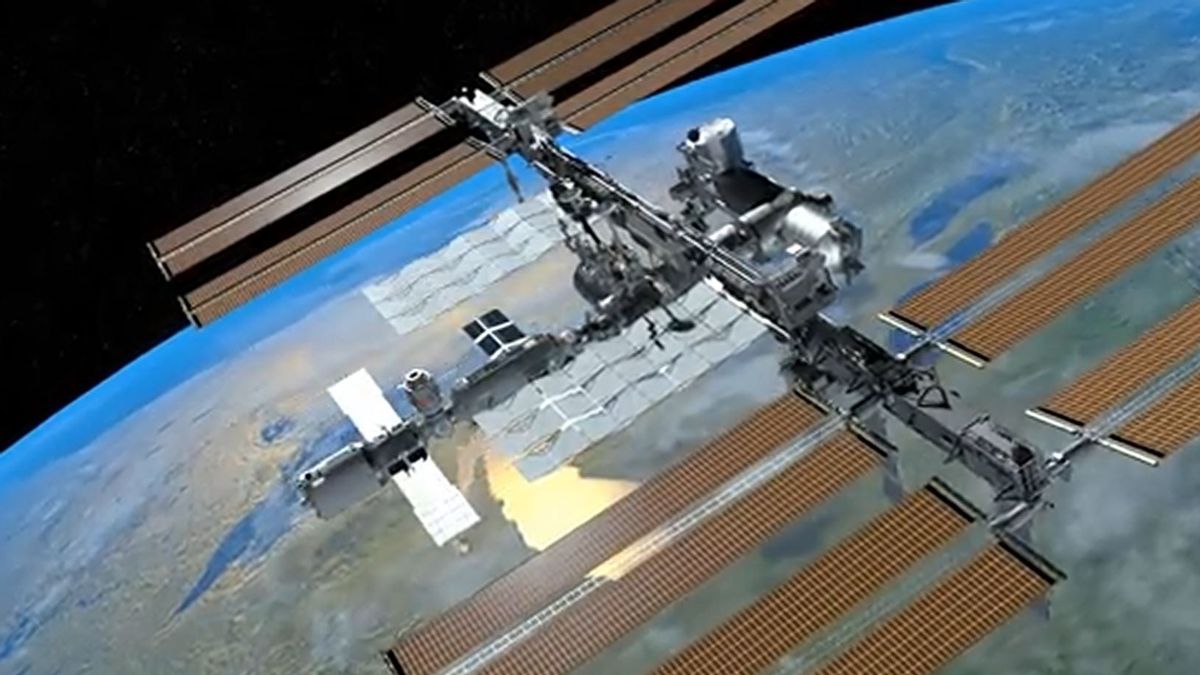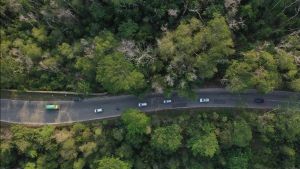JAKARTA – The competition in outer space between several developed countries continues to grow. This makes the fate of the International Space Station (ISS) uncertain if its period of service is deemed to have been completed.
There is ongoing debate about the station's future beyond 2025, when it is thought some of its original structures will reach the 'end of life'. The ISS must retire!
Russia, the main partner on the station as Dailymail reports, plans to launch its own orbital platform at the time, while Axiom Space, a private company, also plans to send its own modules for purely commercial use to the station at the same time.
NASA, ESA, JAXA and the Canadian Space Agency (CSA) are working together to build a space station in orbit around the moon, and Russia and China are working on a similar project, which will also include a base on the lunar surface.
The International Space Station (ISS) is a $100 billion science and engineering laboratory orbiting at an altitude of 250 miles (400 km) above Earth. The station has been permanently staffed by crews rotating between astronauts and cosmonauts since November 2000.
Its crew is mostly from the US and Russia, but Japanese space agency JAXA and European space agency ESA have also sent astronauts.
The International Space Station has been in continuous occupancy for over 20 years and has been in use with several new modules added and system upgrades
Research conducted on the ISS often requires one or more of the unusual conditions that exist in low Earth orbit, such as low gravity or oxygen.
ISS studies have investigated human research, aerospace medicine, life sciences, physical sciences, astronomy and meteorology.
The US space agency, NASA, spends about $3 billion (£2.4 billion) per year on the space station program, with the remainder coming from international partners, including Europe, Russia and Japan.
So far 244 people from 19 countries have visited this station, and among them eight are citizens who spent up to 50 million US dollars on their visit.
There is ongoing debate about the station's future beyond 2025, when it is thought some of its original structures will reach the 'end of life'.
Russia, the main partner on the station, plans to launch its own orbital platform at the time, while Axiom Space, a private company, plans to send its own modules for purely commercial use to the station at the same time.
NASA, ESA, JAXA and the Canadian Space Agency (CSA) are working together to build a space station in orbit around the moon, and Russia and China are working on a similar project, which will also include a base on the surface.
The English, Chinese, Japanese, Arabic, and French versions are automatically generated by the AI. So there may still be inaccuracies in translating, please always see Indonesian as our main language. (system supported by DigitalSiber.id)









